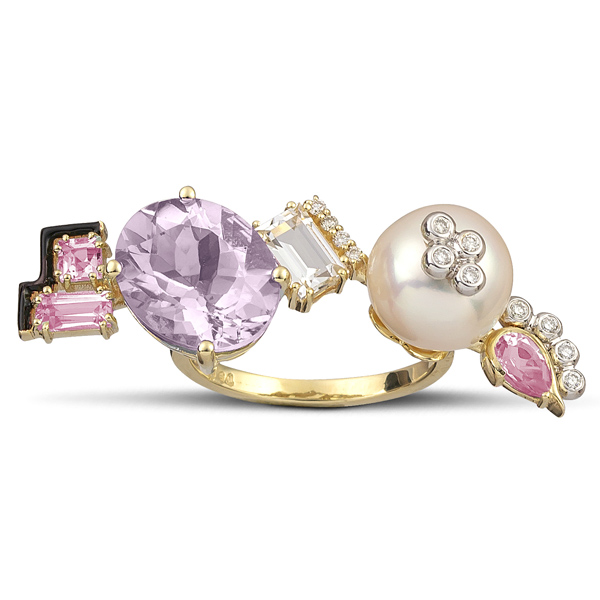
There are a lot of things to love about amethyst—its dreamy hues, the fact that it’s just as readily found in jewelry as it is in home decor (geode bookends for the win!), and how you can get a sizable cocktail ring for a modest price.
One variation of amethyst that has always piqued my interest in particular is rose de France.
This is not what many experts would consider an “official” stone: Search GIA for the name and you’ll find no mention of it. But the moniker is used to describe amethysts of a lighter lilac color, sometimes almost pinkish in appearance. The problem is, it’s a fairly ambiguous descriptor, with no official boundaries or guidelines for grading. As such, I tend to think of it more as a synonym for the color, as in “These amethysts are very rose de France-y.”
“I think rose de France is a commercial name rather than anything else, but I find it so chic,” says designer Katerina Marmagioli, whose ring is pictured at top. “Pricewise, it is like a massive pink-purple sapphire but at a fraction of the cost.”
While a number of designers and gem lovers that I spoke to about rose de France chalked it up to a marketing term, Gemporia, a gemstone sourcing business and jewelry retailer, offers more insight: “Essentially the stone must be dichroic [two-color], which is extremely rare in amethyst,” reads an article about rose de France on the company’s website. one of the few sources I could find that discusses rose de France in detail.
“Most amethyst is colored by the presence of iron. The greater the quantity of iron, the deeper the tone of the resulting amethyst…. For rose de France amethyst, the relative proportion of iron molecules must be much lower,” explains the Gemporia website. “To be certified a rose de France stone, the gem must have SI clarity as a minimum standard.”
While there’s always room for controversy when it comes to ill-defined labels, this doesn’t exactly rank among pressing industry issues (like, say, lab-grown versus natural diamonds). And it’s easy to see why brands and designers love rose de France: A soft lilac that, as Marmagioli mentioned, almost resembles a purple sapphire is compelling for consumers, too. These rose de France—or simply, light amethyst—jewels will draw a crowd.
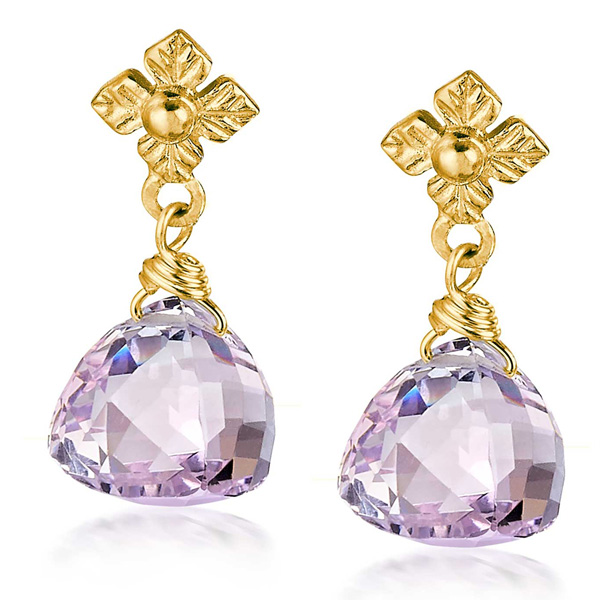
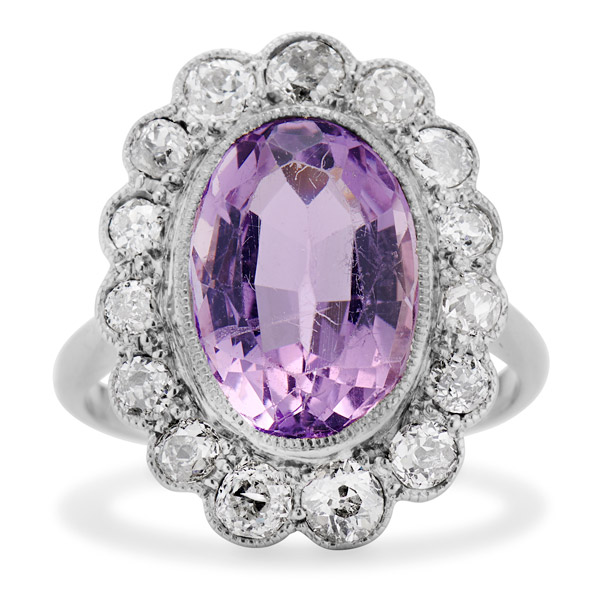
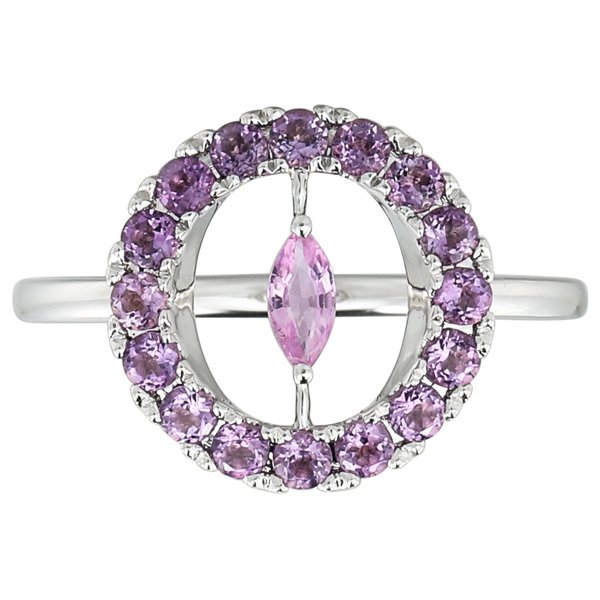
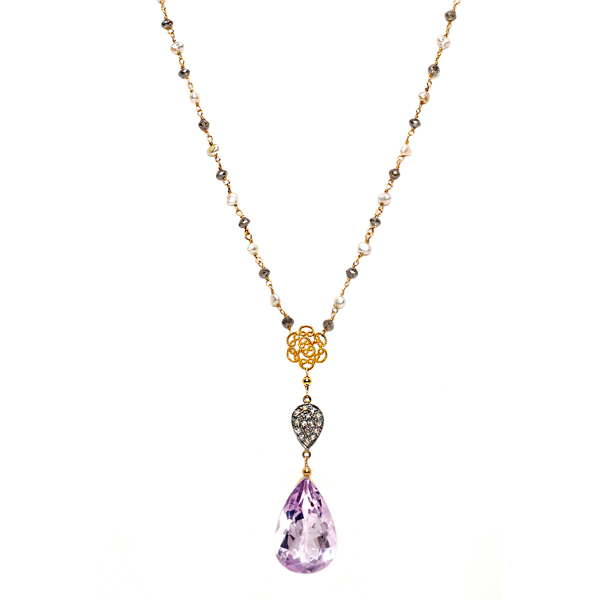
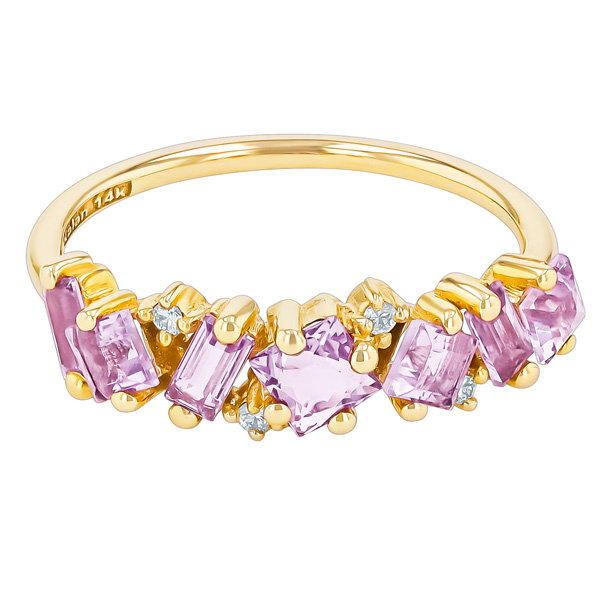
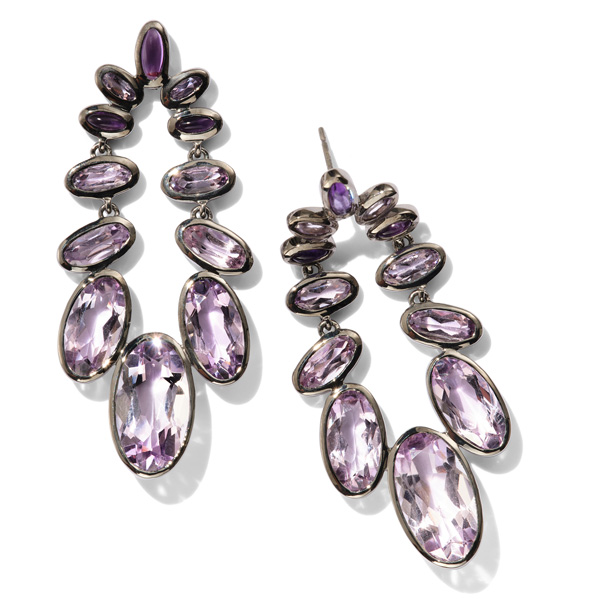
Top: Sunset Treasure ring in recycled 14k yellow gold with rose de France amethyst, clear quartz, tourmaline, freshwater pearl, diamonds, and black enamel, $3,400; Katerina Marmagioli
- Subscribe to the JCK News Daily
- Subscribe to the JCK Special Report
- Follow JCK on Instagram: @jckmagazine
- Follow JCK on X: @jckmagazine
- Follow JCK on Facebook: @jckmagazine






